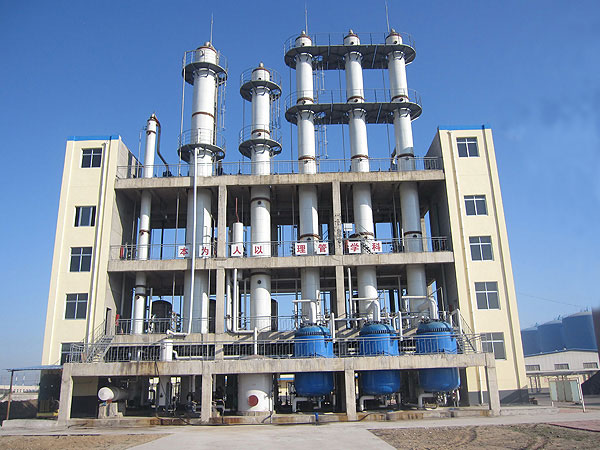Traditionally, on an industrial scale, ethyl acetate is produced by three process namely the Fischer Esterification Reaction, the dehydrogenation of ethanol and the Tishchenko Reaction. Although the prcesses have been existing in the industry for a while, each one of these process has several drawbacks attached to it. Let us know these in detail:
This Ethyl Acetate Production involves the reaction between ethanol and acetic acid, in the presence of an acid catalyst, which can typically be concentrated sulfuric acid, hydrochloride acid, or toluene sulfonic acid. In this process, refluxing of carboxylic acid and alcohol takes place in the presence of an acid catalyst.

Previous: Dioctyl adipate (DOA) Eco-Plasticizer Hexanedioic acid dioctyl ester Composite Plant Ester
Next: Phlogopite Mica Powder
Copyright:@2020-2021
Comments Please sign in or sign up to post.
0
0 of 500 characters used